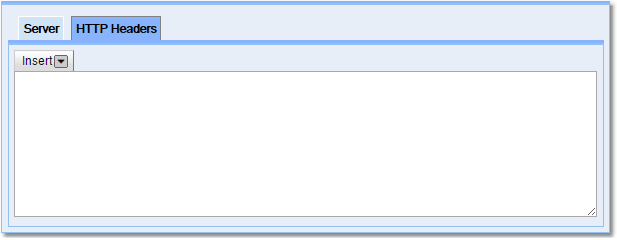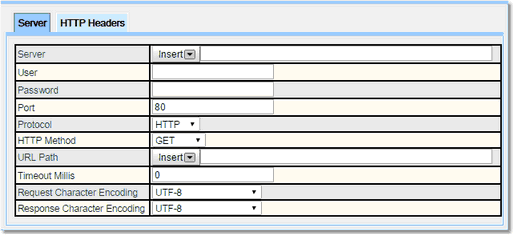Network Message Workflow Action
Creates a Network Message and sends it.
Takes as input the information required to create the information for the server request.
Input |
Description |
|---|---|
Server |
The name of the server to be contacted. |
User |
The user name used for authentication. |
Password |
The password used for authentication. |
Port |
Which port to connect to, usually 80. |
Protocol |
The protocol to be used: HTTP, HTTPS or RAW |
HTTP Method |
The HTTP method to be used: GET, PUT, DELETE, HEAD or POST |
URL Path |
The path to the URL to be used. |
Timeout Millis |
How long the connection will be kept open before timing out. |
Request Character Encoding |
The encoding for the characters in the request. |
Response Character Encoding |
The encoding for the characters in the response. |

The HTTP header fields are transmitted after the request or response line, which is the first line of a message. Header fields are colon-separated name-value pairs in clear-text string format, terminated by a carriage return (CR) and line feed (LF) character sequence. The end of the header section is indicated by an empty field, resulting in the transmission of two consecutive CR-LF pairs.
Returns request, response which hold information about the message and code which holds the messages code as a Mapped Int, for use with subsequent Actions which holds information about the email.
Properties Available for Child Actions To Use
The following properties are available for use in any child or descendant action:
Properties |
Notes |
|---|---|
request response |
Information about the request and the response. |
code |
The code of the message. |

